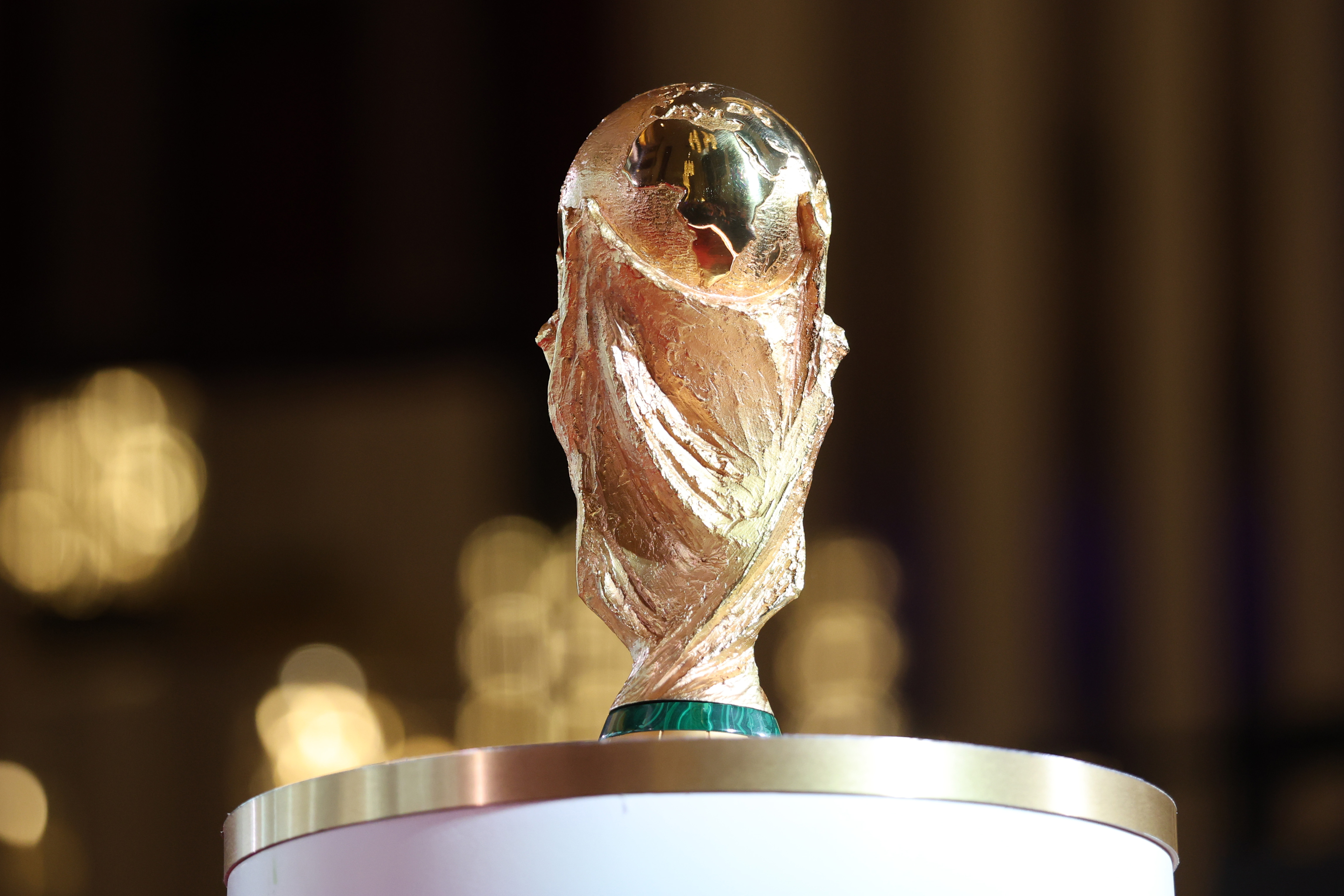David Miscavige: The enigmatic high priest of Scientology
To his followers, David Miscavige is the saviour of Scientology. But following an avalanche of bad publicity, has he become its greatest liability?
Officially, David Miscavige is chairman of the board of the Religious Technology Centre (RTC). In practice, the sharp-suited 52-year-old is the head of Scientology the pseudo-religion founded in the 1950s by science-fiction writer L Ron Hubbard whose influence reportedly led Katie Holmes to divorce its most famous adherent, Tom Cruise.
Miscavige has been involved with Scientology, which promises to clear' followers of their problems via counselling sessions known as auditing', for most of his life. Of Polish-Italian descent, he was raised in New Jersey. His musician father became interested in Scientology and thought the church might be able to cure his son's asthma; Miscavige says it did.
The family moved to Saint Hill Manor in Sussex in the English countryside, then the worldwide headquarters of Scientology. According to the church's website, the "12-year-old prodigy" served as the "youngest professional auditor".
MoneyWeek
Subscribe to MoneyWeek today and get your first six magazine issues absolutely FREE

Sign up to Money Morning
Don't miss the latest investment and personal finances news, market analysis, plus money-saving tips with our free twice-daily newsletter
Don't miss the latest investment and personal finances news, market analysis, plus money-saving tips with our free twice-daily newsletter
Returning to the US, Miscavige left school at 16 to join the Sea Organisation, the movement's innermost cadre, at Clearwater, Florida. He rose swiftly, allegedly under personal instruction from Hubbard.
In 1982, Miscavige set up a new organisational structure to handle Hubbard's personal wealth and established a number of companies including the RTC to handle various aspects of its business. He then set up a major cull of most of Scientology's upper and middle management. When Hubbard died in 1986, he assumed Hubbard's mantle himself.
In spite of his high-profile friends he was Cruise's best man Miscavige remains an enigma, "making it difficult to substantiate or reject" the many negative claims about him, says Jamie Doward in The Observer.
In the few interviews he gave in the 1990s, he appears impatient and combative. Former high-ranking Scientologists have accused him of bullying and physical aggression. One blogger noted that while he uses private jets and has a penchant for expensive cars, his parishioners live in relative poverty.
The church denies this. But the power of Miscavige's personality is not in doubt. He has turned Scientology into a highly-efficient operation which boasts a membership of millions and more than 8,000 churches, missions and centres across the globe (although academic studies have put membership in the tens of thousands, says Guy Adams in The Independent).
He has also overseen a huge expansion in the publication of Hubbard's works. Miscavige also continued Hubbard's strategy of wooing celebrities. But Scientology's reliance on high-profile followers such as John Travolta, Juliette Lewis and Kelly Preston, as both a source of revenue and branding, has seen the church attract "an avalanche of negative publicity", says Doward. How ironic, that having transformed its fortunes, Miscavige "now finds himself its biggest liability".
Dramatic expansion of a "hugely profitable global racket"
Scientology is a "religion to some, a business certainly, and a cult to many", says Peter Beaumont in The Observer. Miscavige's greatest coup was to win a 40-year "war" with the US Internal Revenue Service in 1993 to have the church reclassified as a religious institution and thus granted exemption from US taxes. A number of other governments have followed, including those of Sweden, Portugal, Spain and Australia, although many haven't, including those of Britain and France.
Under Miscavige, the church has "expanded dramatically", becoming a "multi-million-dollar global operation in just four decades", says Jamie Doward in The Observer. Its rise has been highly controversial.
In 1991, Richard Behar wrote a piece for Time magazine, in which he described Scientology as a "hugely profitable global racket", which used intimidation tactics against members and critics, and spent around $20m a year on lawyers. It took Time five years to beat off the ensuing $400m libel suit.
It's hard to know exactly how much money the church makes. While following The Bridge', a programme of levels that takes years to complete, Scientologists pay for auditing' sessions and the missions reportedly send around 10% of their fees to the church's management arm. But the cost is "fiercely disputed", says Guy Adams in The Independent.
David Touretzky of Carnegie Mellon University, who has researched Scientology, puts the total cost of ascending to the highest level, OT8, at $500,000. The church says this is absurd. But outsiders aren't the only ones to accuse it of greed.
Marty Rathbun, a former high-ranking Scientologist, says the church has become poisoned by the "quest for the buck". In January, Debbie Cook another former senior member sent a mass email to 12,000 members, protesting that Miscavige was "presiding over a new age of continuous fundraising" and claiming that the church was sitting on unused reserves of more than $1bn.
Get the latest financial news, insights and expert analysis from our award-winning MoneyWeek team, to help you understand what really matters when it comes to your finances.
MoneyWeek is written by a team of experienced and award-winning journalists, plus expert columnists. As well as daily digital news and features, MoneyWeek also publishes a weekly magazine, covering investing and personal finance. From share tips, pensions, gold to practical investment tips - we provide a round-up to help you make money and keep it.
-
 Football fans issued warning over ticket scams ahead of 2026 World Cup
Football fans issued warning over ticket scams ahead of 2026 World CupSantander customers lost more to football scams in the first six months of 2025 compared to the same period in 2024, when total losses surged due to the Euros
-
 Nationwide fined £44 million over “inadequate” anti-money laundering systems
Nationwide fined £44 million over “inadequate” anti-money laundering systemsFailings in Nationwide’s financial crime processes between October 2016 to July 2021 meant one criminal was able to deposit £26 million from fraudulent Covid furlough payments in just eight days.

